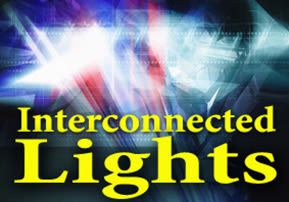
Interconnected Lights
All of the various holy names are understood as different combinations of interconnected lights...

Opening 23
The lights execute their functions through the holy names which make up the Torah.
It is through the names that the lights come to execute their functions, and their sum total constitutes the Torah. It is therefore called the Holy One blessed be He’s craftsman’s instrument.
Having discussed the letters, we now turn to the holy names, which are made up of various letter combinations.
The proposition has two parts: Part 1: It is through the names… This introduces the subject of the divine names of which the Torah is made up. Part 2: This explains the executive function of the names, which are the Holy One blessed be He’s craftsman’s instruments.
Part 1: It is through the names that the lights come to execute their functions… For we see that the execution of all the different functions depends upon the holy names, of which there are many. All of the various names are understood as different combinations of interconnected lights (since each name is a unique combination of letters, and the letters are clusters of lights, as explained in Opening 20). It is from these lights that the angels receive their power to act. At the root of the matter lies the fundamental idea set forth here: that it is the letters which bring the lights to execute their functions. The letters join together in various combinations, producing different names to execute the various different functions. Each name possesses a unique power to execute a particular function, and it is through the different names that all of the different functions are executed. Now the Torah constitutes the sum total of all these names, as the sages said: “The whole Torah is made up of the names of the Holy One blessed be He” (Zohar Yitro 87a, and Ramban’s Commentary on the Torah, Introduction).
…and their sum total constitutes the Torah. In other words, the Torah is the sum total of all the different arrangements that were instituted in order to actually bring forth the various functions into the world. This is besides the Torah’s esoteric meaning, for the esoteric meaning of the words of the Torah is bound up with the mystery of the Sefirot, which are the very roots of the different functions. Thus it is through the Sefirot that we may understand the way in which the world is governed. However the actual execution of the different functions comes about through the letters. Thus in addition to their esoteric significance, the various different names and letter permutations possess this special power of execution.
Part 2: It is therefore called the Holy One blessed be He’s craftman’s instrument. From the point of view of its esoteric meaning, the Torah is called “plans and registers… as used by a master builder to know how to make the rooms and how to make the openings…” (Bereishit Rabbah, beginning). In other words, the content and esoteric meanings of the words of the Torah explain the “why” of creation: its blueprint and reasons. But besides this, the actual letters of the Torah themselves are literally the craftsman’s tools with which the work is actually executed. This comes about through the different permutations of letters, as in the case of the various names, which can visibly be seen to bring about an immediate effect through their very mention or when they are used in other ways (such as in writing, in the form of amulets, or in meditation, in the form of Yichudim). Thus everything is contained in the Torah, including both the underlying thoughts and arrangement of creation, which are contained in the esoteric meanings of the words of the Torah, and the execution of these thoughts in actuality through the permutations of its Holy Names.
(Editor’s note: Opening 23 concludes the Ramchal’s section on letters and names. Next week, G-d willing, we’ll begin to learn about the “Tzimtzum” in Opening 24.)
(Rabbi Avraham Greenbaum is the director of Azamra (http://www.azamra.org/). The 138 Openings of Wisdom is available for purchase online at http://www.azamra.org/Product_pages/openings.htm)






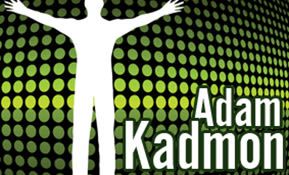
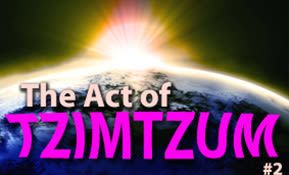
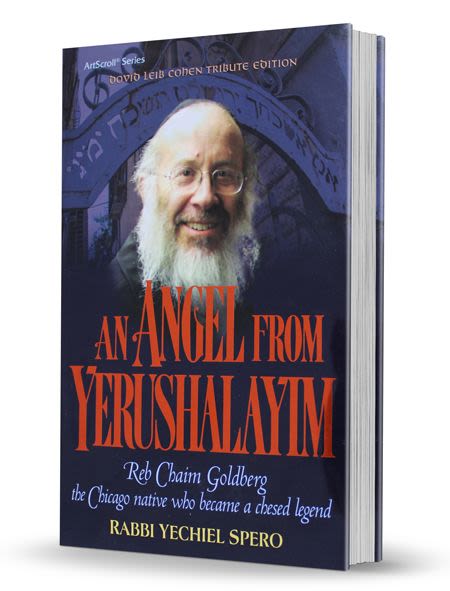
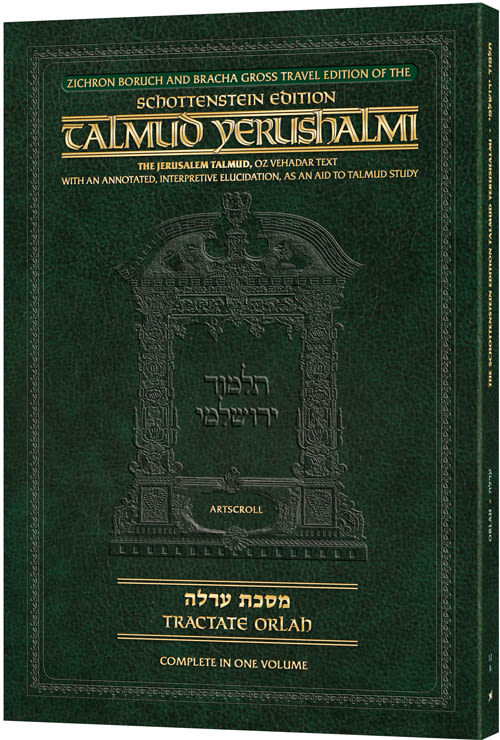



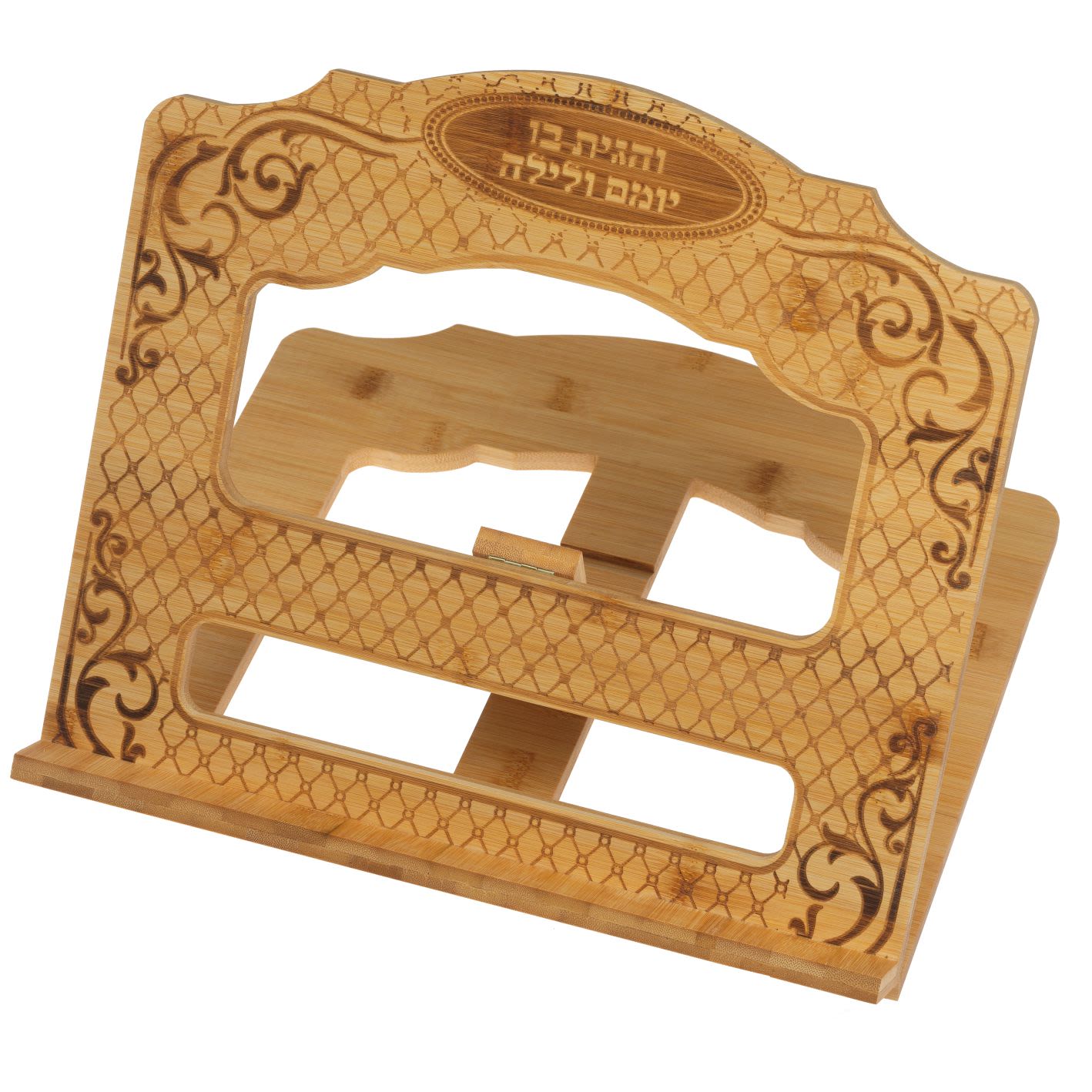
Tell us what you think!
Thank you for your comment!
It will be published after approval by the Editor.